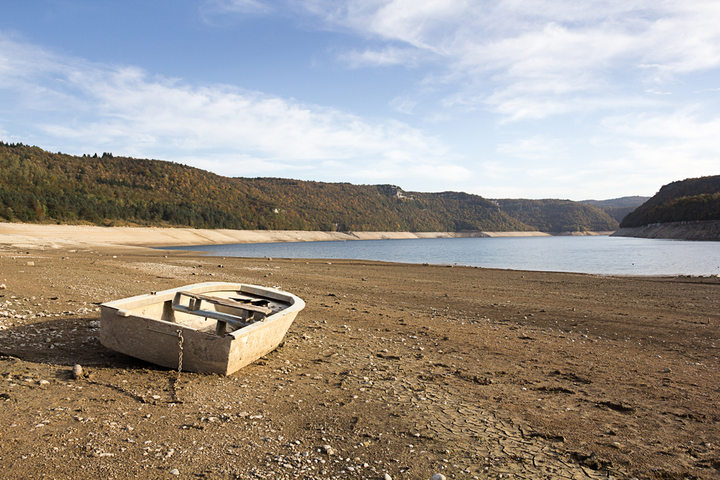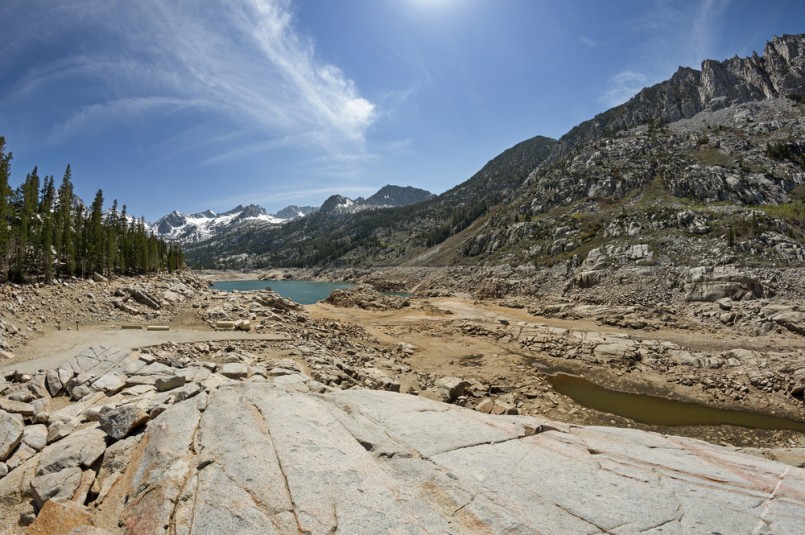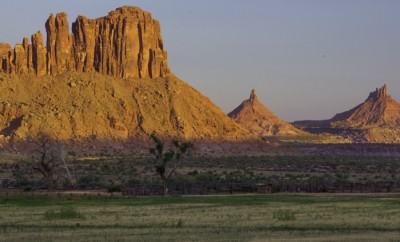Environment
Disappearing Groundwater Could Put A Lifespan On Water

Image: Shutterstock/Olivier Tabary
Disappearing Groundwater Could Put A Lifespan On Water
The age-old adage, “out of sight, out of mind,” is one that we perpetuate more than we realize. When it comes to matters of the earth around us, the large majority of us tend to be oblivious to all of the dangerous things that are happening as we go about our daily lives, and we often do not realize just how much we are being negatively impacted by these things that go seemingly unnoticed.
The fact of the matter is, invisible carbon emissions are forever altering the natural chemistry of the entire earth, increasing the resting temperature of the planet, and drying up resources that we all depend on for survival. When we look out across the waters, all we see is the surface of the sea. We do not see the constant pollution of the waters and the threat to the wildlife that call it home. Global warming and dangerous greenhouse gases are affecting the very air we breathe and altering our lives as we know it.
One problem looming large that nobody is talking about is the swift disappearance of groundwater. Aquifers all across the country and even across the globe are responsible for the freshwater that we use every single day. When surface water from lakes and reservoirs diminish, freshwater provides us with what we need. However, due to rising temperatures, these nonrenewable groundwater supplies are becoming more and more scarce. The rate at which this is happening is one that is steadily rising, and in turn it is leaving us with dry regions that are unable to replenish.

Image: Shutterstock/Tom Grundy
In the United States we are so heavily dependent on the groundwater that comes from these aquifers. Droughts, due to a major increase in use of fossil fuels, mean significant climate change. Lakes, rivers and natural reservoirs are being so damaged by these effects that the aquifers are being called upon even more. As a result, a vicious cycle, with seemingly no end in sight, begins to develop. Many of the deeper rooted aquifers are simply unable to regenerate during times of drought, and once they are completely dry, they are rendered useless forever.
California has been one of the major areas in the Western United states affected by drought. To make up for the water being lost, there has been a significant rise in the amount of well drilling. In the last decade, the Colorado River Basin has hemorrhaged water in such large quantities that the amount lost could fill Lake Mead twice (the largest reservoir in the U.S.).
Well drilling may make up for the lack of natural water, but this is not the answer. With each drill deeper into the earth, the water table level where water is found below the ground begins to get lower and lower. So not only do we have to battle against the drought itself, but also the threat of the scarcity in water that we tap into from the ground below. With rates of depletion as high as they are, the real threat isn’t that of no natural water for energy, land conservation or overall survival, it’s the threat of our always-faithful backup water not being there for us as a safety blanket.





0 comments